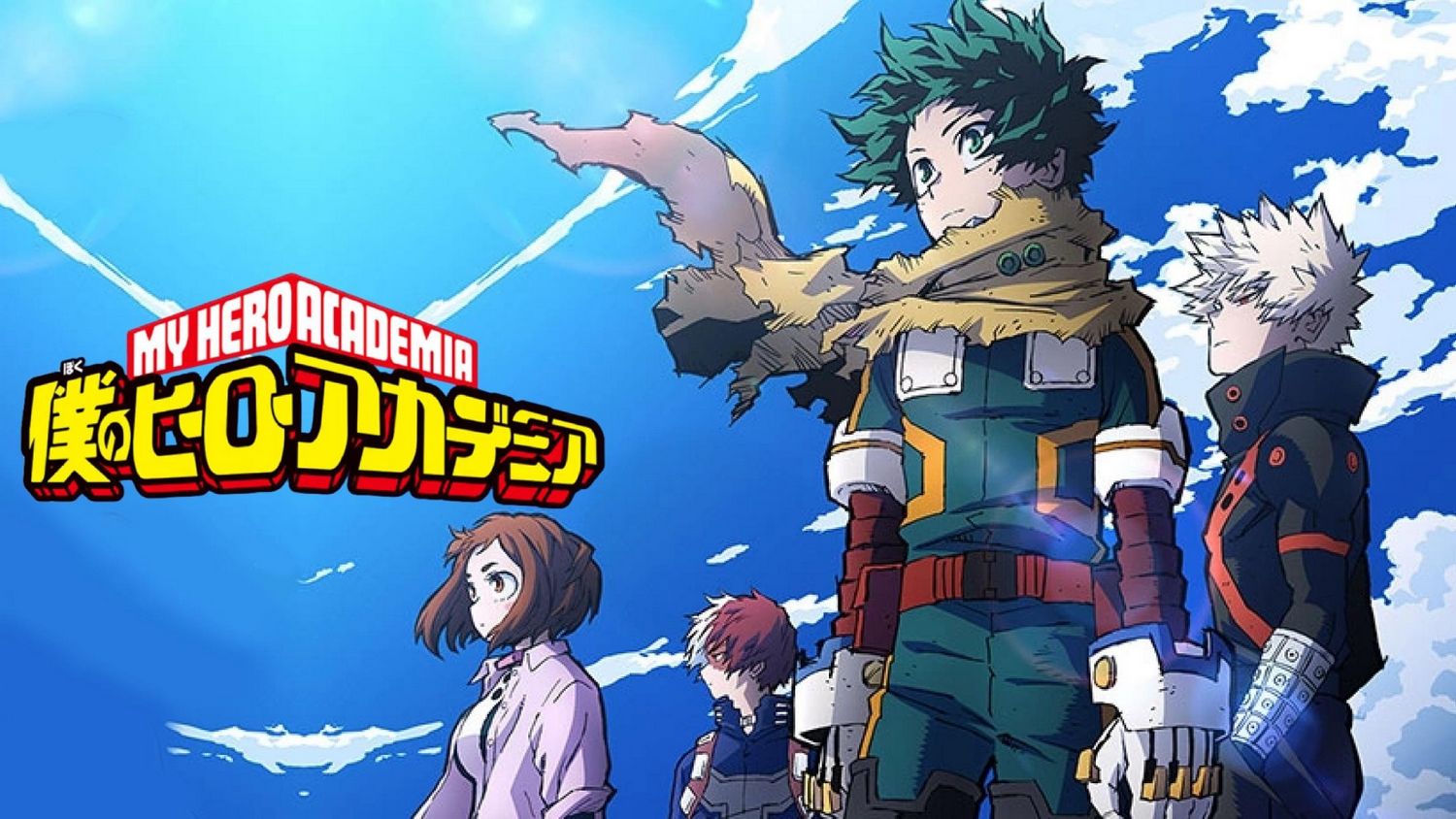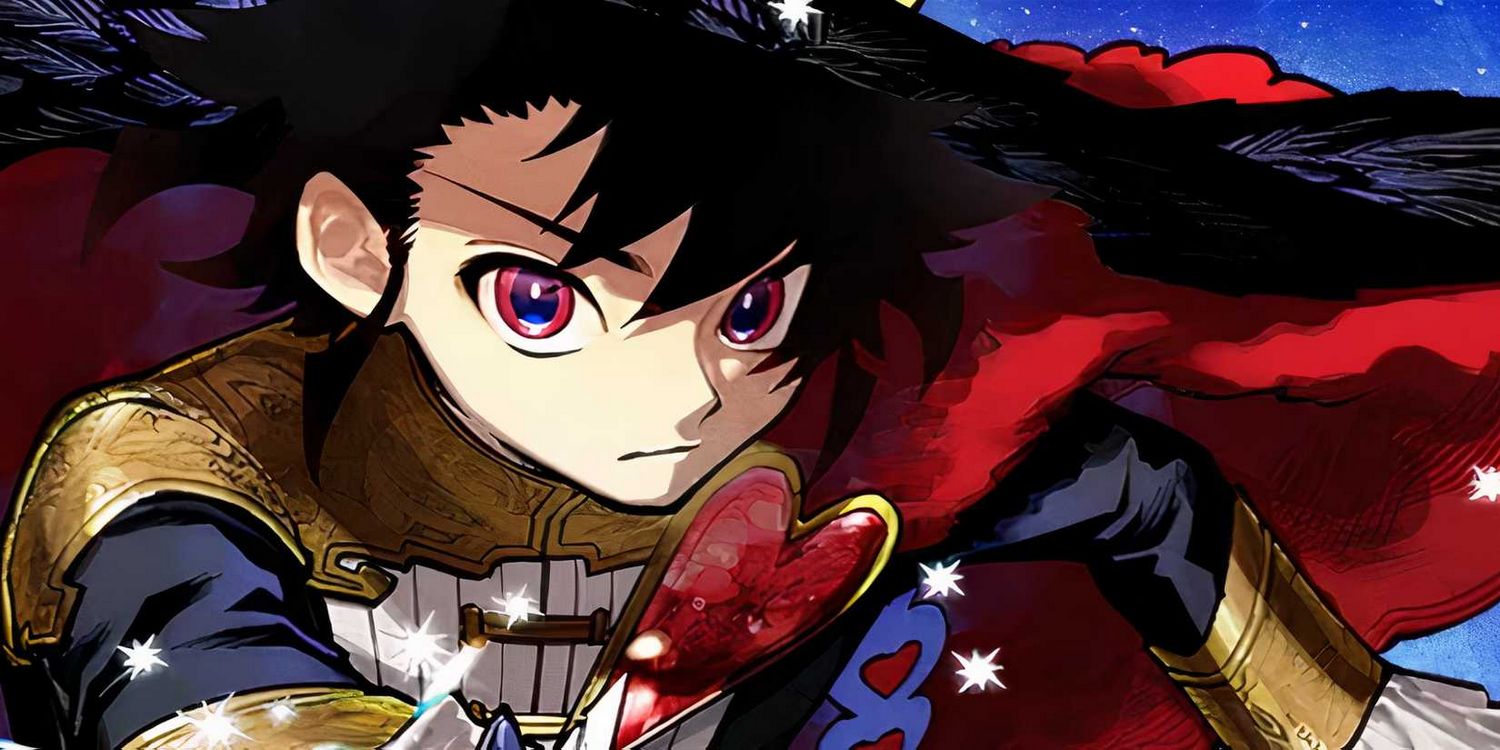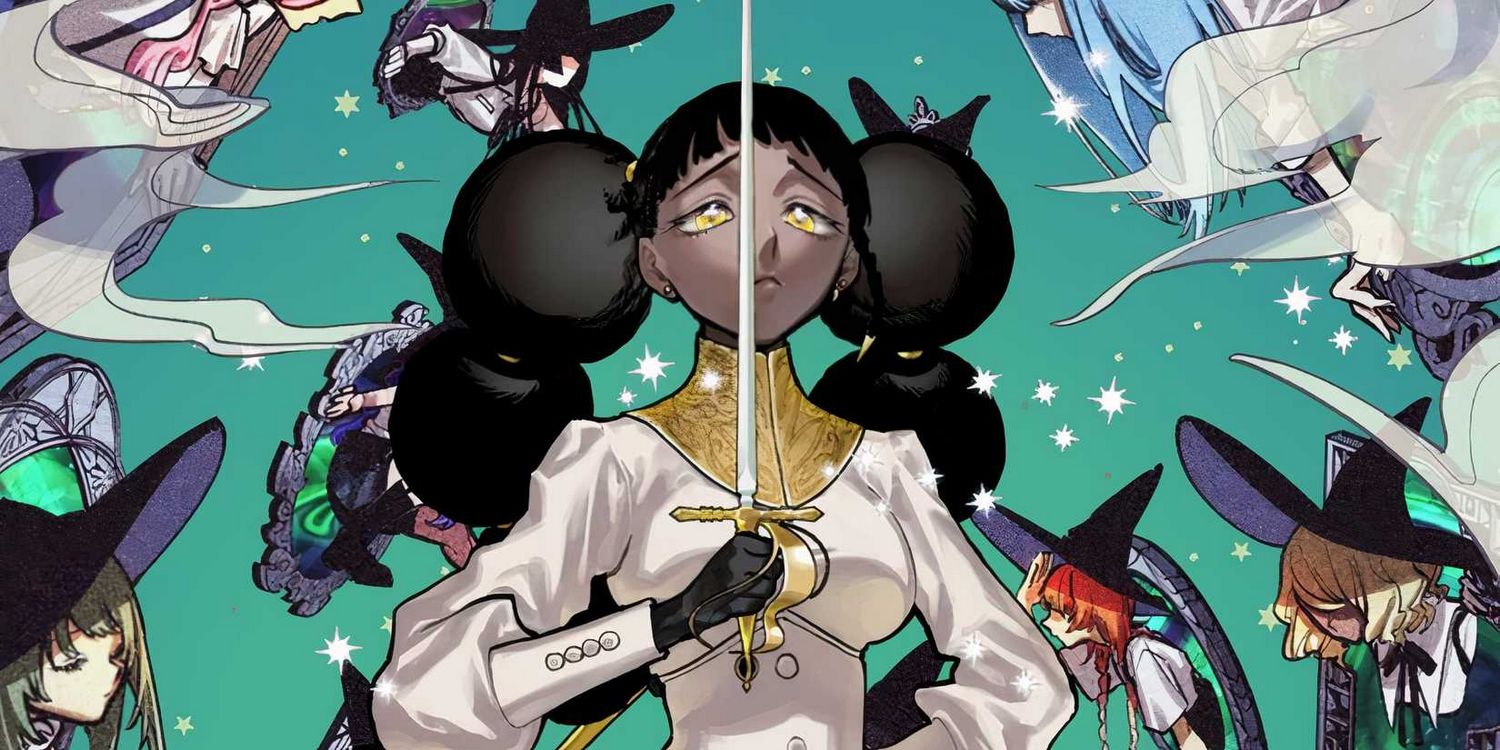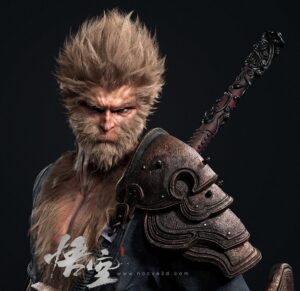Exclusive Report: The Post-Hero Era – Kohei Horikoshi Teases Next Project Amidst My Hero Academia’s Conclusion
Popular Now
 Schedule I
Schedule I
 EA SPORT FC 25
EA SPORT FC 25
 Counter-Strike 2
Counter-Strike 2
 PUBG Mobile
PUBG Mobile
 Auto X Drift Racing 3
Auto X Drift Racing 3
 Text to Speech Voice
Text to Speech Voice
 Fall Guys
Fall Guys
 FIFA 23
FIFA 23
 Genshin Impact
Genshin Impact
 Roblox
Roblox
 The final curtain has officially closed on Kohei Horikoshi’s blockbuster manga, My Hero Academia (MHA), marking the end of a decade-long saga that redefined the superhero genre in the world of Shonen manga. While the franchise itself will continue through the ongoing anime, films, and highly-anticipated spin-offs like the expanded epilogue content in Volume 42, the manga’s conclusion in Weekly Shonen Jump leaves a massive void. However, the celebrated mangaka has already provided a tantalizing glimpse into his next venture, assuring fans that his unique blend of thrilling action and compelling character-driven narrative will return. This is not merely a transition for Horikoshi, but a crucial inflection point for the entire manga industry and Japanese pop culture.
The final curtain has officially closed on Kohei Horikoshi’s blockbuster manga, My Hero Academia (MHA), marking the end of a decade-long saga that redefined the superhero genre in the world of Shonen manga. While the franchise itself will continue through the ongoing anime, films, and highly-anticipated spin-offs like the expanded epilogue content in Volume 42, the manga’s conclusion in Weekly Shonen Jump leaves a massive void. However, the celebrated mangaka has already provided a tantalizing glimpse into his next venture, assuring fans that his unique blend of thrilling action and compelling character-driven narrative will return. This is not merely a transition for Horikoshi, but a crucial inflection point for the entire manga industry and Japanese pop culture.
The Void and the Successors: A New Era for Shonen Jump
The simultaneous conclusion of two colossal series—My Hero Academia and, recently, Jujutsu Kaisen—has created a rare and immense power vacuum within the flagship publication, Weekly Shonen Jump. The magazine is now in a critical phase of rebuilding its ‘Big Three’ lineup. While new hits like Kagurabachi and the Horikoshi-recommended Ichi the Witch are showing phenomenal promise, the question of which series will assume the mantle of MHA’s cultural and commercial impact remains an open one. This shift puts incredible pressure on both veteran and emerging creators to deliver the next global anime phenomenon.
The emerging candidates for this top-tier placement represent a diverse evolution of the Shonen genre:
- Kagurabachi: Often cited as a successor to the darker, urban fantasy-action vein left by Jujutsu Kaisen, this series has quickly built a strong international following, driven by its visceral action and nuanced protagonist. Its early success is a massive return on investment for Shueisha.
- Ichi the Witch: A more fantastical and perhaps lighter take on the battle Shonen formula, a style reminiscent of MHA’s early hero school days. Its explicit endorsement by Horikoshi himself has provided a significant early-stage marketing boost and readership spike.
- Sakamoto Days & Blue Box: These established hits, particularly with pending anime adaptations, are poised to solidify their position as the enduring pillars of the current Jump lineup, demonstrating the power of consistent quality in maintaining a high consumer engagement rate.
 Horikoshi’s Revealed Vision: Stepping Away from Superheroes?
Horikoshi’s Revealed Vision: Stepping Away from Superheroes?
The most anticipated news, however, comes directly from the creator himself. In recent interviews coinciding with MHA’s finale and promotional events—including a notable art swap with Marvel—Kohei Horikoshi confirmed that he is already in the concept development stage for his next serialised work. Crucially, this new series is a project Horikoshi has hinted at for years, one that differs significantly from the bright, heroic world of Izuku Midoriya.
The key takeaway from his statements is a potential pivot towards the horror genre:
- A Genre Shift: Horikoshi has openly expressed a long-standing desire to create a horror or dark-themed series. His recent MHA artwork, particularly during the ‘Dark Deku’ and final war arcs, demonstrated a darker, more detailed, and often grim art style that suggests a natural fit for this genre.
- Creative Motivation: When questioned about his next project, Horikoshi mentioned, “Luckily, there is something I still want to do that I couldn’t do with MHA, so I’m hoping to channel that feeling into this.” This strongly implies a theme, concept, or genre restriction that My Hero Academia’s core heroic structure could not accommodate.
- The Next Challenge: Initially considering a role as an artist only, Horikoshi was ultimately persuaded by his editors to take on both the writing and art, recognizing his comprehensive storytelling talent. He is currently working on preliminary sketches and manuscripts, intending to serialize this new work in Weekly Shonen Jump, reinforcing his commitment to the magazine and the high-stakes battle Shonen/genre demographic.
This potential move is a significant indicator of the current trends in the Japanese comics market. The commercial success of darker, more mature shonen—such as Chainsaw Man and Jujutsu Kaisen—has proven that audiences are eager for stories that push the traditional boundaries of the demographic. Horikoshi’s new project could very well become the next standard-bearer for this evolution.
The Continuing Legacy: MHA Franchise Longevity
While the focus is shifting, it is paramount to note that the My Hero Academia franchise is far from finished, ensuring a consistent revenue stream and ongoing fan engagement. The immediate continuation is secured by:
- Extended Manga Content: The final volume, Volume 42, includes an extra 38 pages of original content, which acts as a crucial epilogue, detailing the lives of the characters eight years after the main narrative’s conclusion. This move is a strategic way to satisfy fans clamouring for closure and a look into the “aftermath,” effectively extending the manga’s commercial lifespan and generating significant retail sales.
- Anime & Film Pipeline: The anime adaptation still has its massive, final season to air, and the recently successful fourth film, My Hero Academia: You’re Next, ensures the property remains highly visible globally. The potential for a Vigilantes anime adaptation also remains a strong possibility, further expanding the intellectual property (IP) value.
- Fan & Art Books: The announcement of a new fan book, an art book, and a major original art exhibition in Japan confirm Shueisha’s strategy to monetize the franchise’s creative assets beyond the weekly serialization, targeting high-value collector’s editions and merchandising.
 Conclusion: High-Stakes Publishing and Future Outlook
Conclusion: High-Stakes Publishing and Future Outlook
The conclusion of My Hero Academia marks the close of a landmark chapter in modern shonen history. The transition has begun, with new series like Kagurabachi and Ichi the Witch vying for the top spots, backed by aggressive digital marketing and organic fan support. However, the most explosive replacement may come directly from the hand of the departed champion: Kohei Horikoshi’s unannounced new manga. His willingness to dive into a different genre, reportedly horror, demonstrates a bold creative risk, one that, if successful, promises to dominate the global entertainment market for years to come. Fans and investors alike will be watching closely for the formal announcement of a title and a release date, a signal that the next era of manga publishing is truly underway.









